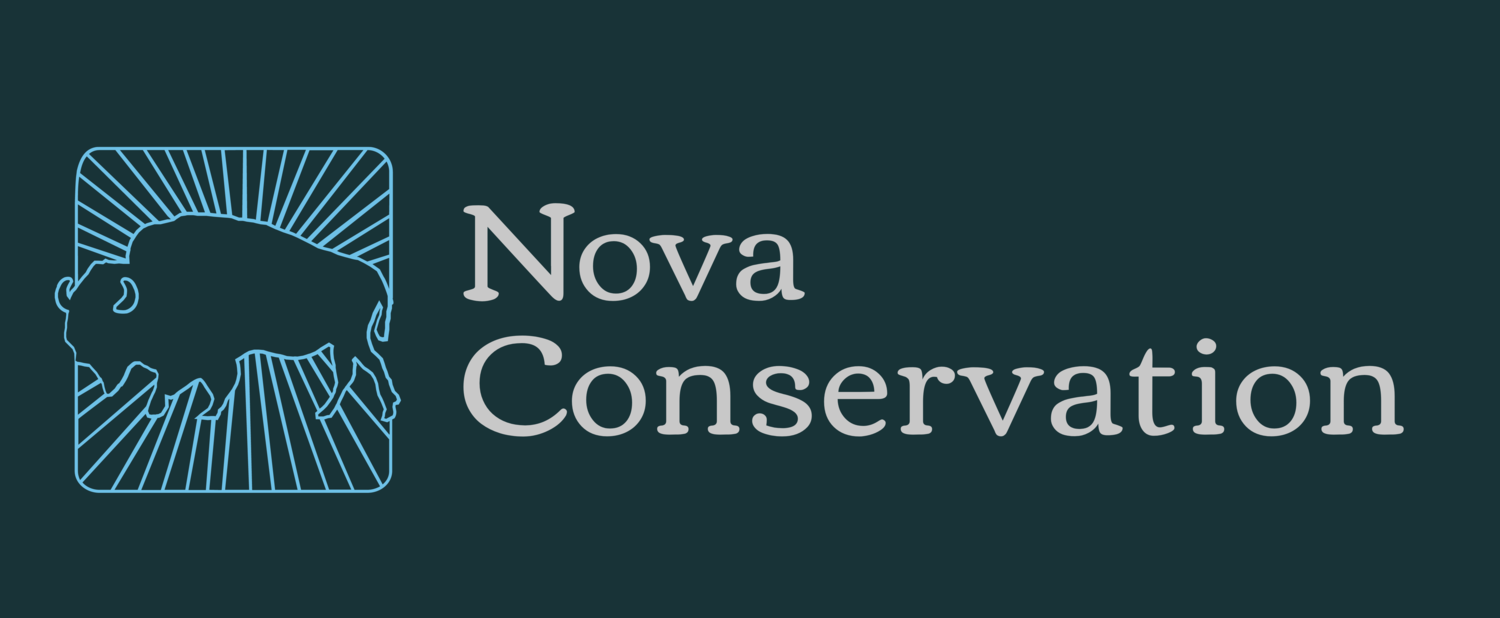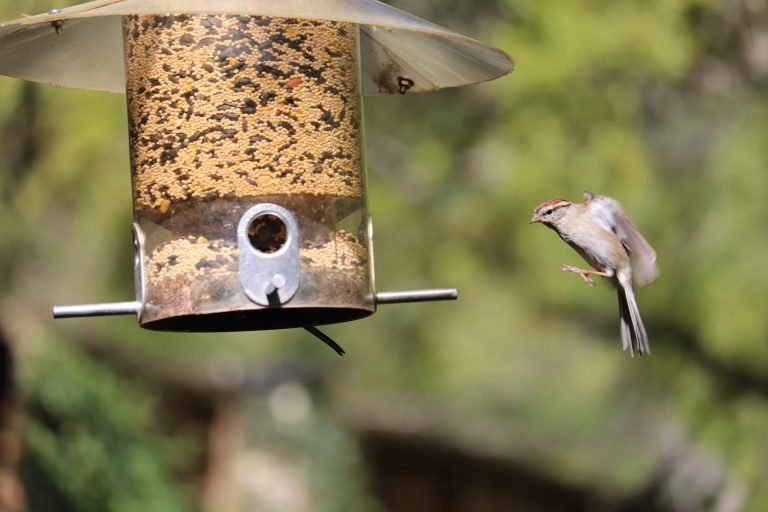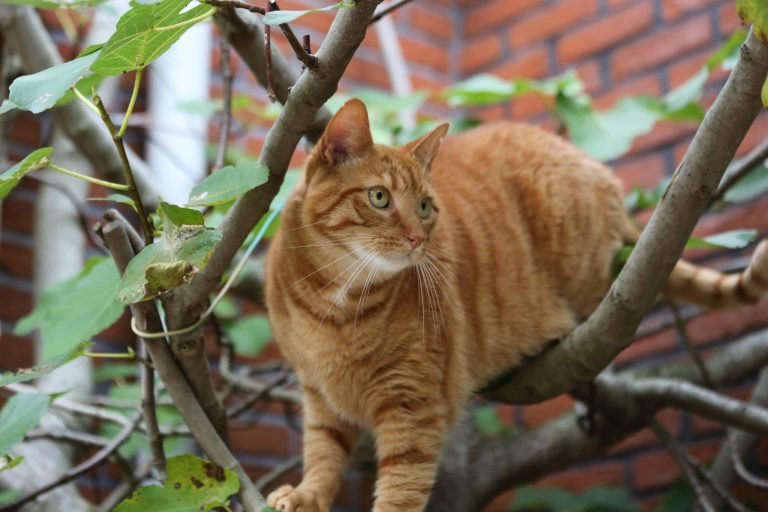Are “Citizen” & “Community” Science The Same?
Do you enjoy spending your free time working on outdoor projects?
Do you feel energized knowing you’re contributing to something for the greater good?
Do you enjoy exploring nature?
Do you play games on your phone?
If you answered “yes” to any of these questions, you just might make a great citizen scientist.
Citizen science can take on many forms, but essentially its purpose is to utilize crowd-sourcing to accelerate scientific research by enabling raw data to be collected at a much faster rate – data that would have otherwise taken years for scientists to collect in a lab setting. Although “citizen science” is a relatively new term, as a concept scientists have been calling on public participation in research since the 1800s.
According to SciStarter, the leading database of citizen science projects, these are the 4 features of #CitizenScience:
1. Anyone can participate
2. Participants use the same protocol for quality assurance and so data can be combined
3. Data can help real scientists come to real conclusions, and
4. A wide community of scientists and volunteers work together and share data to with the public.
There has been public debate about using the term “citizen” to describe crowd-sourced science, since there is a cultural identification (especially in the United States) with the term citizen.
Since “citizen” by definition refers to “an inhabitant of a city or town” technically we all are citizens. However, there is a US-centric bias against people who are not legal citizens of the United States, and thus this term can have a negative connotation for many that we need to respect. Recently, there has recently been public momentum to switch the term “citizen science” to “community science.”
However, both citizen and community science are two different ways of describing crowd-sourced science. Sebastian Moreno, a PhD student at the University of Massachusetts, has been diving deep into this topic. He gave me permission to replicate this chart that helps unpack the language:
Here’s the bottom line:
Citizen science is an umbrella term used for all forms of science which includes public involvement.
The lowest level on this continuum is “crowdsourcing” or contributory science, and this scales up to the level of the most community involvement, termed “community science.”
Community science refers to projects where all aspects of the scientific method process involve input from the community.
All community science efforts can be grouped under the larger term “citizen science,” but not all citizen science is true community science. This distinction means that the terms should not be used interchangeably.
Deja Perkins is an urban ecologist and co-host of “Make It Count Monday” through SciStarter. She encourages people to get involved in citizen science, which she calls “people powered science,” and is a contributor to the chart above.
In an inclusive citizen panel she recently moderated, Perkins, Moreno, and PhD student Jan-Michael Archer discussed the contradictory terminology.
Perkins said she’s gotten promptly corrected at by people who tell her not to use the term citizen science even though she’s a thought leader on this topic.
“We have to make sure we aren’t co-opting a term that’s already being used,” she says. In other words, we can’t just redefine the term of a project when the organizers are not actually changing the crowdsourcing structure.
“With this fear of cancel culture, it’s really easy to be pushed into groupthink without acknowledging who’s leading this movement,” Perkins says.
She added that it’s important we aren’t making changes to global terminology solely from a US focus. All the panelists agreed.
“We need to think past using band-aid solutions,” Perkins added, “and think more about the terminology we are using.”
But at the same time, Perkins acknowledges that even though a term is not harmful to an individual doesn’t mean it is not harmful to others.
Deja Perkins (left) leading a birding day with the City of Raleigh's Youth Conservation Corps Team.
Do we need a better term for citizen science? Absolutely. But, according to the panelists, we should create a new term thoughtfully instead of reactionary.
Additionally, Moreno states that “we also need to take action and address the social inequalities that prevents people from participating in such programs. It doesn’t matter what we call it, if we don’t address the social issues then citizen science will never truly be inclusive.”
I couldn’t have said it better myself.
In honor of National Citizen Science Month, here are 5 ways you can get involved in citizen science right now.
1. Document biodiversity for conservation science via iNaturalist
iNaturalist is a social network for sharing and learning about biodiversity and it’s incredibly simple and fun to use. Just snap a photo with your smartphone and upload it to iNaturalist. This helps you learn about nature & helps scientists by providing data for their research.
You can even support your city by participating in your local City Nature Challenge. This global event is led by iNaturalist every year worldwide, and each participating city is organized by locals.
The 2021 City Nature Challenge runs from April 30 – May 3 and is a collaborative effort that encourages communities across the globe to document as many organisms in their city as possible using the iNaturalist platform.
Usually set up as a friendly competition, this year will be collaborative to embrace the healing that nature can bring in light of the pandemic.
Interested in documenting local biodiversity? See if your city is participating here.
2. Influence climate policy with ISeeChange
Climate change is a global emergency that’s not going away any time soon. Inspired by Western America farmers and ranchers who kept weather journals over decades to determine solutions to seasonal challenges, ISeeChange was created as a crowd-sourced weather journal of sorts.
Using the ISeeChange website or mobile app, you can log what you see out your front door down to the smallest detail. What plants are blooming? What animals are invading? Is it a colder or warmer winter than last year?
The ISeeChange team collaborates with climatologists, social scientists, urban planners, engineers, and health professionals. It uses this information to tell a better story of climate change as it’s happening in real time.
Climate change affects us all, and ISeeChange is a great way to let your voice and your story be heard.
3. Help ensure safe drinking water for your community using Crowd The Tap
Remember the environmental justice disaster of Flint, Michigan? Yeah, we don’t want that to happen again. That’s why Crowd the Tap was created.
Crowd the Tap is a data-collecting initiative funded in part by the EPA with one goal in mind: ensuring safe drinking water across the United States. Participating is easy, because you don’t even have to leave home!
Aside from being a leader in citizen science, Deja Perkins is also the Community Engagement Specialist for Crowd the Tap. She helps coordinate test kit distribution & establish community partnerships to get lead in water testing to people throughout North Carolina, but anyone across the U.S. can participate.
First, determine which material your pipes are made of – steel, copper, plastic, or lead (hint: lead is bad). Here is a short, helpful instructional video on how to do so safely, including how to enter your information into the national database. It’s that easy!
By participating in this simple citizen science experiment, you are helping the EPA identify which communities should be prioritized for pipe testing and replacement. Take this small step today to help ensure clean drinking water for all.
4. So many ways to bird watch for science!
Chipping sparrow coming to a feeder [George Berberich on Unsplash]
Neighborhood Nestwatch
Smithsonian’s Neighborhood Nestwatch is a citizen science program designated for underserved youth in metropolitan areas. Focusing on nature in cities, participants collect valuable research through resighting color bands on birds.
Furthermore, students and volunteers can see birds up close during the banding process, providing access to nature that may be difficult to get in city centers.
Cornell’s Project Feederwatch
Additionally, the Cornell Lab of Ornithology runs Project Feederwatch November through April every year.
Project FeederWatch allows you to translate your passion for watching birds into scientific discoveries. No feeder is needed, and the schedule is flexible. Simply count and enter bird data online, and these findings go into a continental dataset contributing to population science. Note: $18 U.S. participation fee required.
eBird
If you don’t have geographical or financial access to these bird projects above, you can always document your findings to eBird, which is also run by the Cornell Lab of Ornithology. It functions like iNaturalist – but birds only!
As an ornithologist, our founder Laura Marsh uses eBird regularly to help with avian research projects, such as this one with studying yellow-billed cuckoos with the Smithsonian.
5. Keep tabs of free-roaming cats via Cat Tracker
They look sweet and innocent, but they are problematic to native wildlife
[Oscar Fickel on Unsplash]
When it comes to invasive species, the domestic house cat (Felis catus) is among the worst. Cats have wreaked havoc on wildlife populations, but are especially harmful when they have been introduced to islands with endemic species and biodiversity hotspots.
Jason Luscier, an associate professor at Le Moyne College in Syracuse, New York, developed an app called Cat Tracker that allows individuals to record feral cat sightings. Why? It allows researchers to study in real time the impacts and population dynamics of introduced cats on urban ecosystems.
There has been lots of research and debate on allowing free-roaming cats in the wild. Overall, we know native wildlife thrives when cats are kept indoors.
Even if you see merit in keeping your domesticated cat outdoors, the Cat Tracker app doesn’t judge. By qualitatively assessing how urban wildlife fare in areas of high cat densities over time, science will shine.
A word of caution regarding citizen science ethics
“You think you’re doing something for the greater good, but then ethics go out the window.”
-Claire O’Neill, Earthwise Aware Founder and Citizen Science Association Ethics Working Group Co-Chair
It’s easy to see the value in participatory science. It engages communities with nature, contributes to scientific data, and it’s fun!
But have you considered how catching that newt or taking a picture of that bird on its nest may have negative consequences to the preservation of wildlife?
Part of Nova Conservation’s mission is to preserve ethical integrity when it comes to all citizen science or contributory wildlife projects. These projects can contribute financially to struggling conservation organizations, but we have to be careful we are not causing more harm than good.
The European Citizen Science Association (ECSA) has compiled “Ten Principles of Citizen Science.” One of their tenants is that “the leaders of citizen science projects take into consideration legal and ethical issues surrounding…the environmental impact of any activities.”
As conservationists, we need to be more specific about this.
Nova Conservation is a part of the Citizen Science Association (CSA) Ethics Working Group to develop more guidelines to ensure ethical standards in crowd-sourced data. Citizen science projects are incredibly valuable, but we must consider all angles in approaching the ethical integrity of wildlife, environmental justice, biodiversity and inclusivity.
You can be a citizen scientist in many ways, find the one that is right for you!
When it comes to citizen science, these suggestions are only the tip of the iceberg on ways you can be involved. Again, visit Scistarter.org to find countless examples of how to get involved.
Whichever citizen science project speaks to you and your passions, we hope you’ll choose 1 (or more) to help the betterment of our planet today!
And if you’re looking for ways to find the best groups to participate with, check out Nova Conservation’s database of conservation organization reviews. You can see what company and project would fit for you. Rest assured: Our transparency ensures you’ll be working with credible, ethical conservation groups.
Do you have a favorite citizen science project? With so many examples, we couldn’t talk about them all. Let us know which citizen science projects are your favorites in the comments below!
Thanks to Emily Baxley, Laura Marsh, and Emma Reigel for their contributions to this article.












